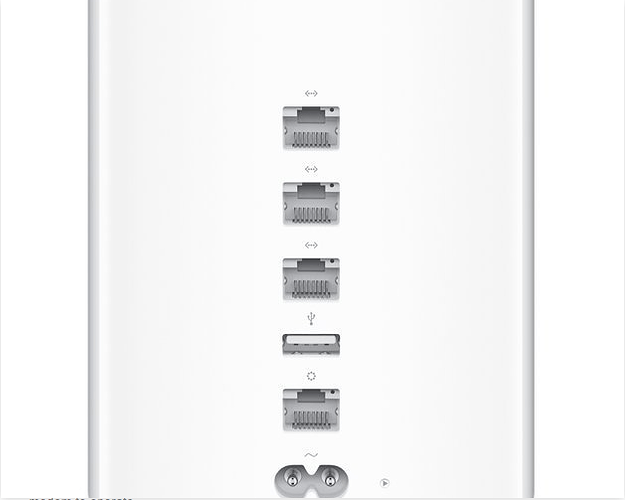I’ve gained a lot from this thread. Seriously. Thank you.
Thanks Andybob. But actually, I don’t really care, it’s just an academic question.
I’ve already gotten the answer I was looking for… that retransmissions are negligible on a well architected Roon supporting network. And even THAT question was academic, for as we all know, retransmissions are a way of life for any CMSA/CD network with more than one active node. Congestion will always guarantee retransmissions.
But assuming we can architect for minimal congestion, it sounds like retransmission caused by sub-$$$ network media is still not going to be an issue for Roon to flawlessly reproduce music. And that’s more than good enough for me.
Oh, Tom T… glad someone else has enjoyed this. 
Unfortunately, no. If there’s no ground on the plug then the device isn’t grounded. Since the ground is there for safety that means that the unit is either made of plastic and all high voltage leads are double insulated or it has an external power supply so there’s no high voltage inside the box. In this case use of a shielded cable could result in your system acting as the ground for this network device.
Here’s an example (Airport Extreme)
Now look at the network ports. See the little silver nubs on either side of the interior of the RJ45 Jack? Those will connect the cable shield to the internal ground plane of the device. Now connect that to your stereo and if the RJ45 jack on your endpoint also makes shield connection then you’ve just bonded a really noisy device to your stereo.
That’s not to say that there’s no problem if your network device is grounded. In this case your stereo isn’t providing the only path to ground for the device (which is better), but depending on the location of the switch it could be on a different electrical circuit or even a different subpanel. That creates a huge potential for a ground loop which can manifest as a very audible 60Hz hum or just general background noise and hash.
Andrew, thank you for the well considered reply. But as I’ve previously alluded to, this is flying way over MY head. But for the benefit of those - like myself - that don’t fully comprehend the problem, are there any remedial measures you would suggest to avoid these problems? Beyond avoiding shielded Ethernet cabling?
Or is that enough?
Thanks. 
As we have already been told, CAT(atgory) 5e UTP cable (Unshielded Twisted Pairs) is well beyond the limits you will meet in an audio delivery network.
This is the common standard and all you require (Works perfect for me)
The cable is cheap too, so worth Laying in room to room whenever you get the chance. You don’t have to use it but it’s useful if you ever need it.
The other device I find it handy to have is a Ethernet cable test tool. I quickly test my cables before ever connecting anything. Peace of mind and again, cheap!
Thoughts, Chris
Andrew,
THANK YOU!!!
(yes, I’m shouting, joy, you see…)
The content of your posts should be mandatory reading and understanding for anyone dabbling with audio mixed with digital/networking/telecoms. There is an extension needed for USB and how noise is dealt with/ignored/not propagated/not added/not amplified across computer systems, subsystems and layers.
Pet mission of mine facing natural and understandable lack of education in the audiophile community that has spend so much time in the analog world, and is applying concepts that do not apply, or being shot reprehensible marketing gibberish by some vendors lacking a certain level of ethics.
Many a modern cable war would be avoided!
Nico
Telecoms and IT infrastructure engineer turned marketing and business management
This was an interesting and informative thread for sure. Thank you.
Yeah, if you have ever seen or done any network tracing or packet inspection you will find that retransmits and dropped packets on Ethernet are very rare, like maybe one every few days/weeks. As long as you are not having a hardware failure, this should be a non concern in the world of digital audio.
